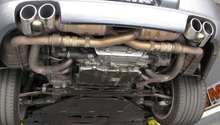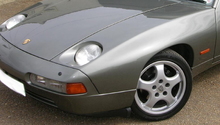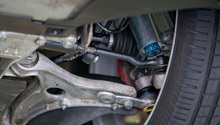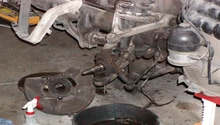Porsche 997: Why is My Car Squirming Under Acceleration?
You are not alone! The rear-end squirm in Porsche 997s is well known and well documented. Read on to learn how to repair that squirming in your Porsche 997.
This article applies to the Porsche 997 (2005-2012).
When released in 2005, every Porsche 997 that came off the line had the same issue in the rear-end. The symptom often felt is a "squirm" or "wiggle" coming from the back of the car under moderate to hard acceleration. This could be in a straight line, or while cornering. It usually doesn't upset the car or activate PASM, but it can give a very unsettled feeling that can hurt the driver's confidence, making the car less enjoyable to drive.

Materials Needed
- Jack and stands
- Lug wrench
- Metric wrench and socket sets
- Hydraulic press (if doing bushings yourself)
Step 1 – Identify the problem
There are several possible causes.
It's always good practice to eliminate the simple solutions first. For this issue, you need to rule out the tires as the cause before delving into the suspension. Check all four tires thoroughly. Look for:
- Tread Depth: A worn out tire won't feel right.
- Uneven Wear: Cupping can cause strange handling characteristics.
- Build Date: The DOT code will tell you the week and year they were constructed. Tires over four years old begin to get hard. Over seven years, they get dangerous.
- Load Rating: Mismatched load ratings will flex in different ways, making the car unpredictable.
- Tire Pressure: Low tires will not handle properly.
- Punctures: Air doesn't escape a tire for no reason. Check for screws, nails, etc.

If you are confident the tires aren't the issue, move on to Step 2.
Related Articles
- How to Check Your Tire Pressure - Rennlist.com
- How to Repair a Tire Leak - Rennlist.com
Step 2 – Fix the RLCA bushing
It could be deflecting too much under load.
Porsche 997s from 2005 and 2006 have a known issue with the rear lower control arm (RLCA) bushing that causes the squirming characteristic. The bushings are designed to deflect stronger against different directions of load, but on the early model cars they are put in 90 degrees off. Thus, the weakest part of the bushing is subjected to the strongest forces, and the resulting deflection is what you feel in the car. Porsche "updated" the bushings in late 2006, but left the early owners without a fix.
When the problem was first addressed, the common solution was to remove the bushing from the arm, turn it 90 degrees, and put everything back together. This solved the handling issues back then, and still could today. But you should also consider that the bushings are now 10 years old, and it might be best to replace them. The "modern" fix is to swap out the entire arm for the updated version, solving the handling issue and providing some preventative maintenance at the same time.
Swapping arms is a medium to difficulty job that can be tackled by most DIY-ers. Adjusting the bushing is more difficult because it requires you to press out the bushing without damaging the arm.
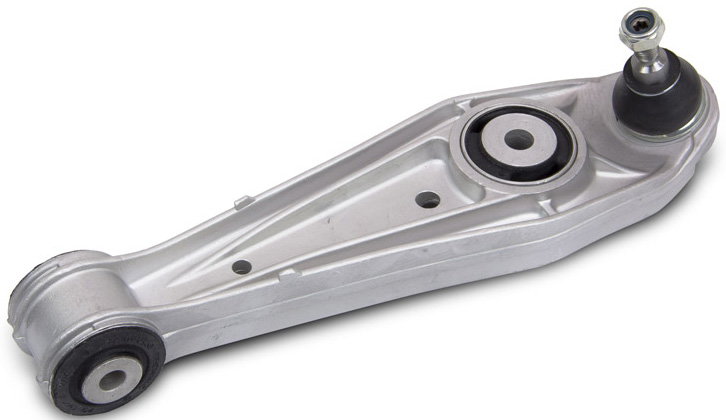
Related Discussions
- Revisiting the Annoying 2005 Wiggle/Bushing Issue - Rennlist.com
- Newbie Question re Squirming Under Acceleration - Rennlist.com

